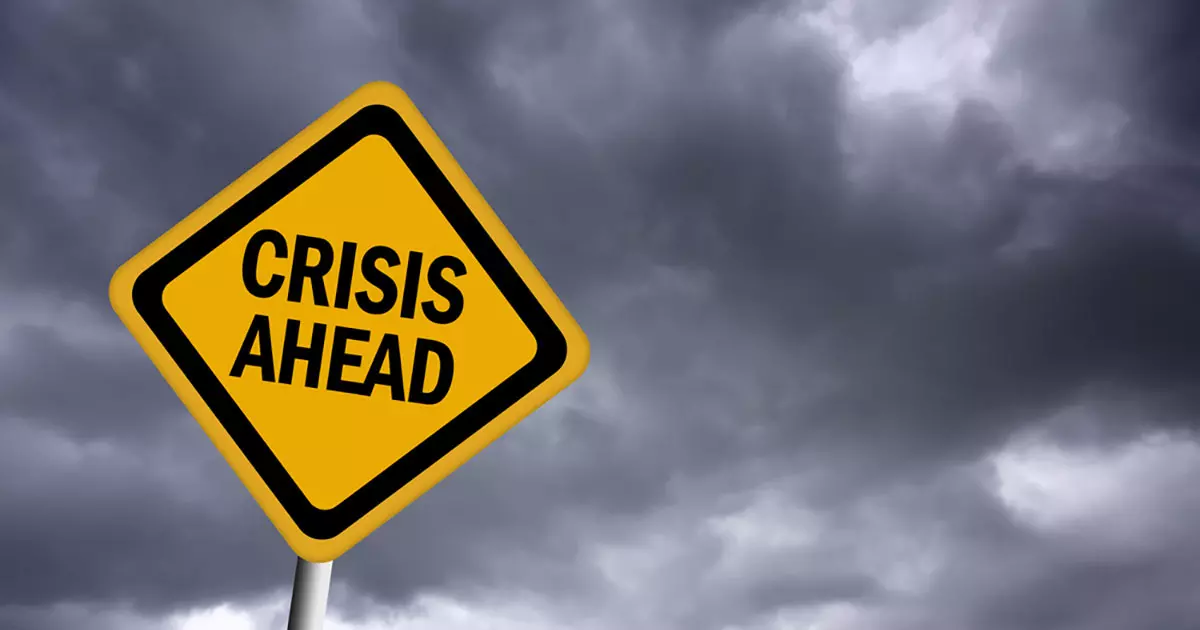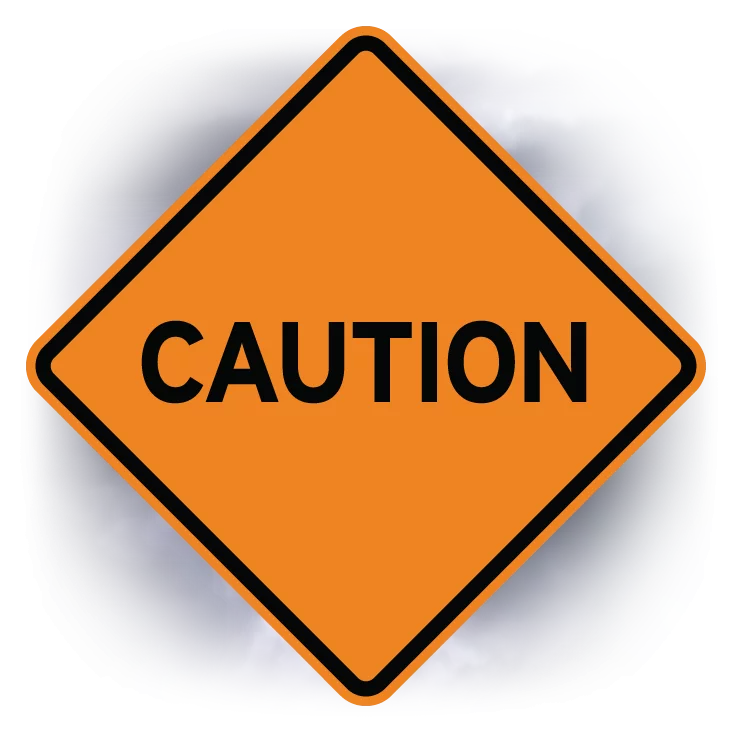Crisis Communication Plan: A Must for Any Business

If you aren’t prepared to handle a crisis, a lot of bad things can happen. That’s why you need a crisis communication plan.
In the 25 years I’ve been working in the PR field, I’ve had multiple conversations with clients about crisis communication plans. I’ve posed a few top-line questions: Do you have a plan? If not, why not? If you have one, when was the last time you updated it?
More often than not, the response went something like this: We don’t need a crisis communication plan. That (a crisis) won’t happen to us. That only happens to the big-name companies.
You may think a crisis will never happen at your workplace, factory or operations center. Think again. In today’s world, crises are all too common.
If you aren’t prepared to handle a crisis, or if you fumble your way through one, a lot of bad things can happen: Your business’ image and reputation will suffer. You may lose customers and revenue. You may lose the respect of all stakeholders, including your customers, suppliers, partners, employees and their families, communities, government officials and shareholders (if you’re a publicly held company).
 Crisis Defined
Crisis Defined
So, what exactly is a crisis? In business-to business terms, it’s an occurrence that causes or threatens personal injury or loss of lives, substantial private or public property damage, or threatens severe disruption to your workplace, facility or the community.
Crisis examples include:
- A fatal shooting at your facility
- A factory accident or explosion
- A natural disaster that affects your business
- A major product defect or recall
- A scandal or impropriety involving an executive
- Customer outrage about just about anything on social media
- A cyber data attack on your Information Technology system
The list goes on and on.
Crisis Communication in the Digital Age
Crisis communication isn’t what it used to be. Not long ago, you could somewhat control the message to your target audiences by working through traditional media, such as daily and weekly newspapers, TV and radio outlets. News cycles were fairly predictable.
Today, the news cycle is 24/7 and audiences are relying more and more on social media (Facebook, LinkedIn, Twitter and Instagram, among others) to learn about and weigh in on a crisis. Sometimes information from so-called “citizen journalists” is credible, sometimes not. Regardless, information is being shared in real time and audiences are making judgments (fairly or unfairly) about your business and brand. It’s your responsibility to monitor online conversations, participate in them when necessary and set the record straight – quickly and accurately. In fact, social media may be the fastest and most effective way to reach target audiences during a crisis.
 Crisis Communication Takes Teamwork
Crisis Communication Takes Teamwork
The purpose of a crisis communication plan is to provide a comprehensive framework for a rapid, multidisciplinary response to a crisis. By multidisciplinary, I mean this: It’s important to establish several teams that will work in concert to manage the crisis. They include an Emergency Response Team, a Business Recovery Team and a Communication Team. The Emergency Response Team prepares and executes response to ensure the safety of personnel, while the Business Recovery Team – led by the CEO – ensures prompt continuation of business operations. Once the response is triggered, it’s important to engage the Emergency Response and Business Recovery teams.
The Communication Team, quite naturally, owns the crisis communication plan. In the event of a crisis, an immediate response is critical. Knowing what to do initially – at all levels of your business’ hierarchy – is the reason for not delaying an orchestrated, disciplined response to the crisis. If it’s a crisis by your business’ definition, then trigger the response.
A Crisis Response Kit is an important and necessary element of the crisis communication plan. The kit features working documents that should always be evolving through improvements and routine updates and will serve as the framework for crisis practice and drills.
The kit should include such documents as a contact information sheet, which lists key managers and experts and how they can be reached (work phone, cell phone, email, text messaging, etc.) in the event of a crisis. It’s important to consider the branches of your communication “tree” so that it’s organized for rapid access to members of the Emergency Response and Business Recovery teams.
Media Relations Still Valid in Digital Age
From a media relations perspective, it’s important to designate key spokespeople, their responsibilities and areas of authority. The spokespeople should have significant experience dealing with all types of online, digital and print media, including local, regional and national media as well as the trades. They should be able to deliver consistent messaging, even as new information becomes available. Why? Because consistent messaging will enhance your business’ credibility and competency.
Media relations, like crisis communication planning, is an evolving process, constantly in need of refinement. I highly recommend media training for spokespeople who are new to the game or need a refresher. It’s critical to keep those skills sharp.
Another key element of the crisis communication plan is the crisis communication center or “war room.” You should have a war room at each of your facilities – and I’d even recommend a second war room at an offsite facility, in case your primary war room is inaccessible during the crisis. Each war room should be fully equipped with the latest technology to monitor traditional and social media coverage as well as communicate with internal teams and external stakeholders.
 Resources Abound for Crisis Communication
Resources Abound for Crisis Communication
Other elements are critical to the crisis communication plan, but that’s a discussion for another day with your fellow PR professionals, your PR firm or a crisis communications specialist. For example, Bernstein Crisis Management offers “The 10 Steps of Crisis Communications.” Author Jonathan Bernstein notes that “the basic steps of effective crisis communications are not difficult, but they require advance work in order to minimize damage.”
Another valuable resource comes from Cision, an online digital communication platform used by many PR firms, including Godfrey. In her article, “8 Steps to Create the Ultimate Crisis Communication Plan,” Author Katie Gaab notes that as social media’s popularity rises, the likelihood of a threat coming from a digital platform increases as well.
There are many other resources that can help you plan for, manage and recover from a crisis. What’s most important is acknowledging that a crisis can happen at your workplace, factory or operations center. Don’t wait until a crisis hits your business. Plan your work and work your plan – before it’s too late.
Sign Up for our Newsletter - Get agency updates, industry trends and valuable resources delivered directly to you.
Godfrey Team
Godfrey helps complex B2B industries tell their stories in ways that delight their customers.




